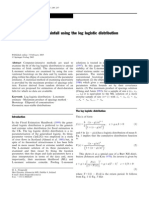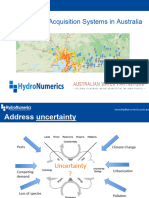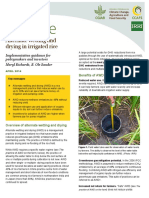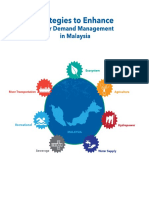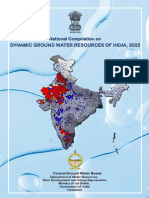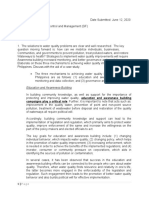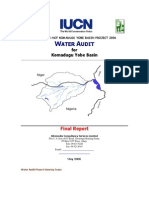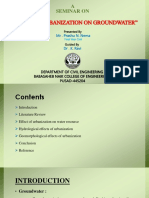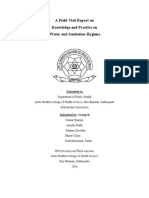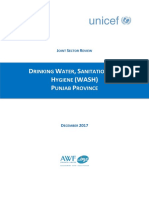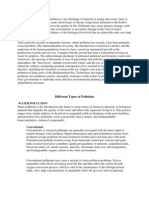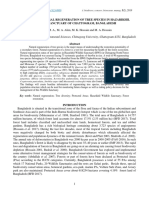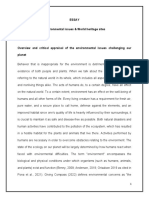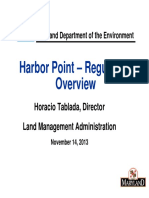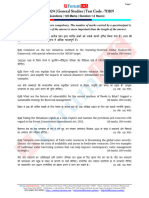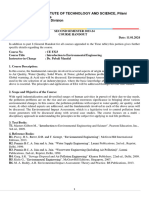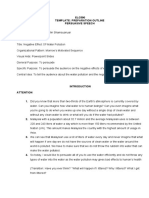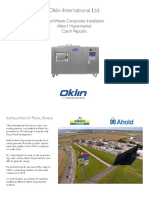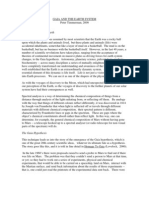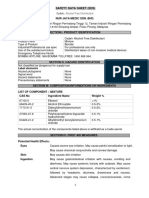0% found this document useful (0 votes)
274 views15 pagesEnvironmental Management Framework
The DPSIR framework analyzes the relationships between society and the environment by examining the chain of events from driving forces through pressures, states, impacts, and responses. Driving forces like population, transportation, and industry place pressures like emissions, resource use, and waste production on the environment. This changes the state of the air, water, and soil and leads to impacts on ecosystems, human health, and functions. Society then responds through policies, regulations, and other actions. The framework can be used to assess water issues by examining driving forces, pressures, the state of waters, trends over time, and policy responses.
Uploaded by
Halima akterCopyright
© © All Rights Reserved
We take content rights seriously. If you suspect this is your content, claim it here.
Available Formats
Download as PDF, TXT or read online on Scribd
0% found this document useful (0 votes)
274 views15 pagesEnvironmental Management Framework
The DPSIR framework analyzes the relationships between society and the environment by examining the chain of events from driving forces through pressures, states, impacts, and responses. Driving forces like population, transportation, and industry place pressures like emissions, resource use, and waste production on the environment. This changes the state of the air, water, and soil and leads to impacts on ecosystems, human health, and functions. Society then responds through policies, regulations, and other actions. The framework can be used to assess water issues by examining driving forces, pressures, the state of waters, trends over time, and policy responses.
Uploaded by
Halima akterCopyright
© © All Rights Reserved
We take content rights seriously. If you suspect this is your content, claim it here.
Available Formats
Download as PDF, TXT or read online on Scribd
/ 15


